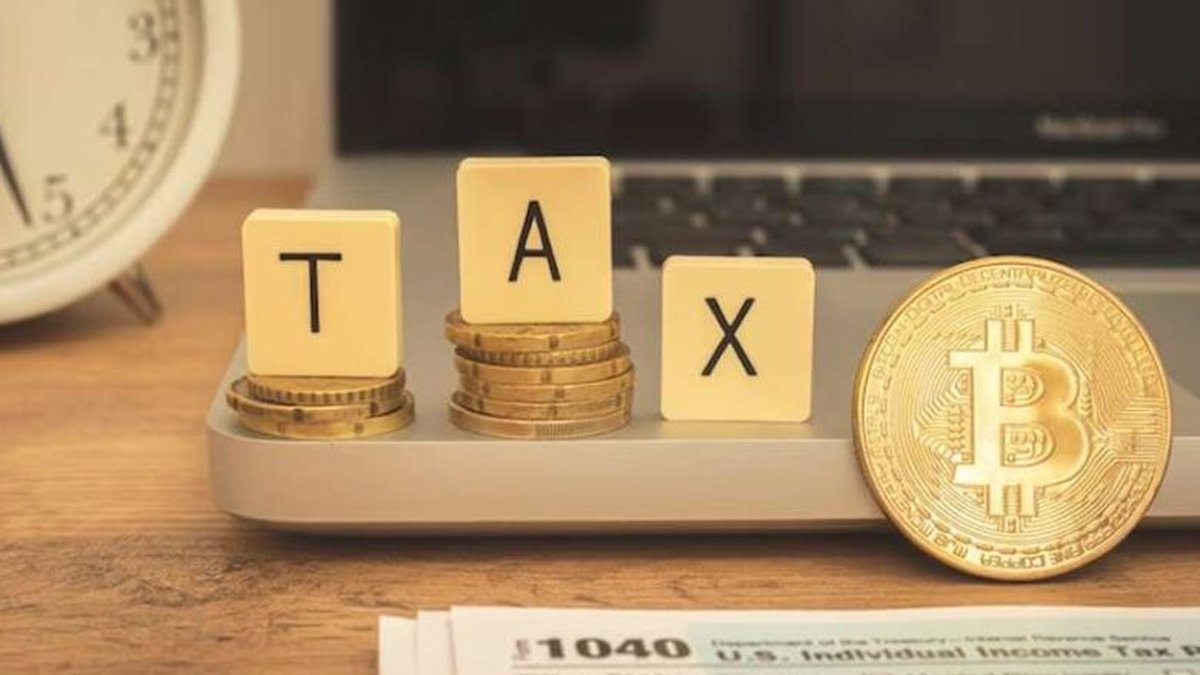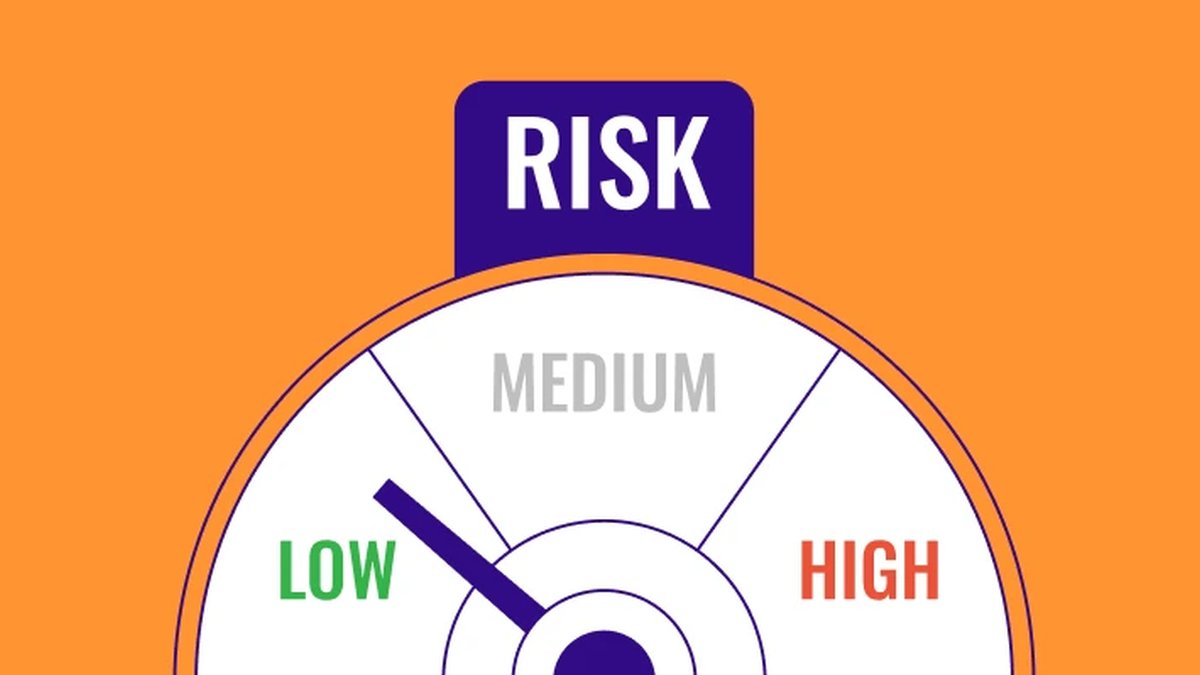How to Report Crypto on Your Taxes
As cryptocurrencies become increasingly mainstream, more investors are discovering the complexity of reporting digital assets on their tax returns. Crypto is no longer an unregulated frontier — tax agencies worldwide now require detailed disclosure of all taxable events involving digital currencies. Whether you’re trading Bitcoin, earning DeFi yields, or flipping NFTs, you are likely subject to reporting obligations.
In this comprehensive guide, we’ll walk you through the step-by-step process of how to report crypto on your taxes, from understanding taxable events to filling out the right forms, tracking transactions, and avoiding common mistakes. Proper reporting not only ensures compliance but also helps you optimize deductions and reduce liabilities.
Understanding the Basics of Crypto Tax Reporting
1. Why You Need to Report
Most countries, including the United States, Canada, the UK, and Australia, treat cryptocurrency as property or capital assets. This means that any time you sell, trade, or spend crypto, you may incur capital gains or losses. In addition, income received in crypto — such as staking rewards, mining income, or airdrops — is subject to income tax at the time of receipt.
Failing to report can lead to penalties, audits, and even legal action. Tax authorities now receive data from exchanges and blockchain analytics firms, so transparency is essential.
2. What Counts as a Taxable Event
Not all crypto transactions are taxable, but the following events usually are:
- Selling cryptocurrency for fiat currency (e.g., selling BTC for USD)
- Trading one cryptocurrency for another (e.g., ETH → SOL)
- Using crypto to purchase goods or services
- Receiving crypto as payment for services
- Staking rewards, mining rewards, and airdrops
On the other hand, buying and holding crypto or transferring between your own wallets are typically non-taxable events.
Step-by-Step Guide: How to Report Crypto on Your Taxes
Step 1: Gather All Your Transaction Data
The first step is compiling every crypto transaction you made during the tax year. This includes purchases, trades, sales, income, and even fees. Make sure to include:
- Date and time of each transaction
- Type and amount of cryptocurrency involved
- Value in fiat currency at the time of transaction
- Purpose of the transaction (buy, sell, trade, income)
- Fees paid
Using a crypto tax software like Koinly, CoinLedger, or ZenLedger can automate much of this process by syncing your exchange accounts and wallets.
Step 2: Classify Transactions by Type
Next, categorize each transaction as either:
- Capital gains/losses: Selling or trading assets
- Ordinary income: Rewards, mining, airdrops, payments
This classification determines which forms and rates apply. For example, capital gains may be taxed at long-term or short-term rates depending on your holding period, while income is taxed at ordinary income rates.
Step 3: Calculate Gains and Losses
For each taxable disposal, calculate your gain or loss:
Capital Gain/Loss = Selling Price – Cost Basis
The cost basis is what you originally paid for the asset, including transaction fees. You’ll need to apply the correct method — such as FIFO (First In, First Out) or specific identification — as permitted by your tax authority.
Step 4: Report Income Transactions
Crypto earned through staking, mining, or as payment should be reported as income. The fair market value in fiat currency at the time you received the coins is your taxable amount. You must include this in your income section when filing.
Step 5: Fill Out the Correct Tax Forms
In the U.S., for example, crypto investors typically use the following forms:
- Form 8949: Lists all sales and trades of capital assets
- Schedule D: Summarizes total capital gains and losses
- Schedule 1: Reports additional income such as staking rewards
- Form 1040: Your main tax return form, with a crypto question on the front page
Other countries have equivalent forms — such as Capital Gains Tax Supplementary Pages in the UK or the Schedule 3 in Canada.
Step 6: Double-Check for Accuracy
Ensure that all figures match your records and exchange statements. Small errors can lead to audits or penalties. Crypto tax software can help generate pre-filled reports compatible with your tax authority’s requirements.
Step 7: File On Time
Submit your tax return before the deadline. For U.S. taxpayers, that’s usually April 15th. Filing late can lead to penalties, especially if you owe taxes.
Tips for Staying Compliant and Reducing Taxes
1. Keep Accurate Records Year-Round
Don’t wait until tax season. Track every transaction as it happens. Save exchange statements, wallet logs, and screenshots of OTC trades.
2. Use Tax-Loss Harvesting
Sell underperforming assets before year-end to offset capital gains. Reinvest later to maintain your exposure while lowering taxable income.
3. Hold Long-Term
In many countries, assets held for more than one year qualify for reduced long-term capital gains tax rates. Strategic holding can significantly cut tax bills.
4. Separate Personal and Business Activity
If you operate a crypto business or trade professionally, keep distinct accounts and wallets. This simplifies accounting and may unlock additional deductions.
5. Consult a Professional
Crypto taxation is evolving rapidly. Working with a tax advisor who understands blockchain can ensure compliance and uncover legitimate tax-saving opportunities.
Common Mistakes to Avoid
- Ignoring small trades or DeFi activities
- Failing to report staking or airdrop income
- Using the wrong cost basis method
- Assuming crypto-to-crypto trades are tax-free
- Waiting until the last minute to file
Global Perspectives on Crypto Reporting
Tax rules differ across countries. For example:
- United States: Crypto is treated as property; strict reporting required
- United Kingdom: Capital gains tax applies; HMRC requires detailed records
- Germany: Long-term holdings over one year may be tax-free
- Australia: Capital gains tax applies; ATO monitors exchanges closely
Always verify the regulations applicable to your jurisdiction.
Conclusion
Properly reporting your crypto taxes is not just about compliance — it’s about taking control of your financial future. With accurate records, strategic planning, and the right tools, you can fulfill your obligations while maximizing savings. As regulations tighten and transparency increases, proactive reporting will keep you ahead of the curve.
Further Reading and Resources
Crypto Exchanges | Crypto Tax | Crypto Insurance
Frequently Asked Questions
Do I need to report crypto if I didn’t sell anything? Yes, you must report income from staking, mining, or airdrops even if you didn’t sell your crypto.
How do I calculate my gains? Subtract your cost basis from the selling price for each transaction to find your gain or loss.
Are crypto-to-crypto trades taxable? In most jurisdictions, yes. Each trade is considered a disposal of one asset and acquisition of another.
What if I can’t find all my records? Use exchange exports and blockchain explorers to reconstruct your history. Keeping consistent records going forward is key.
Should I use crypto tax software? Yes. Tools like Koinly, ZenLedger, and CoinTracking simplify data collection and generate accurate reports.







